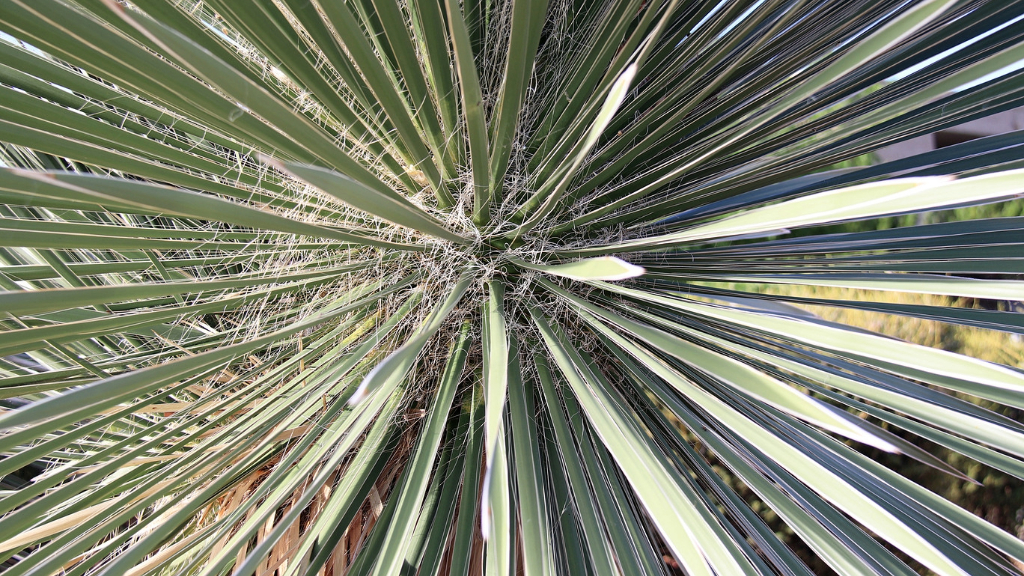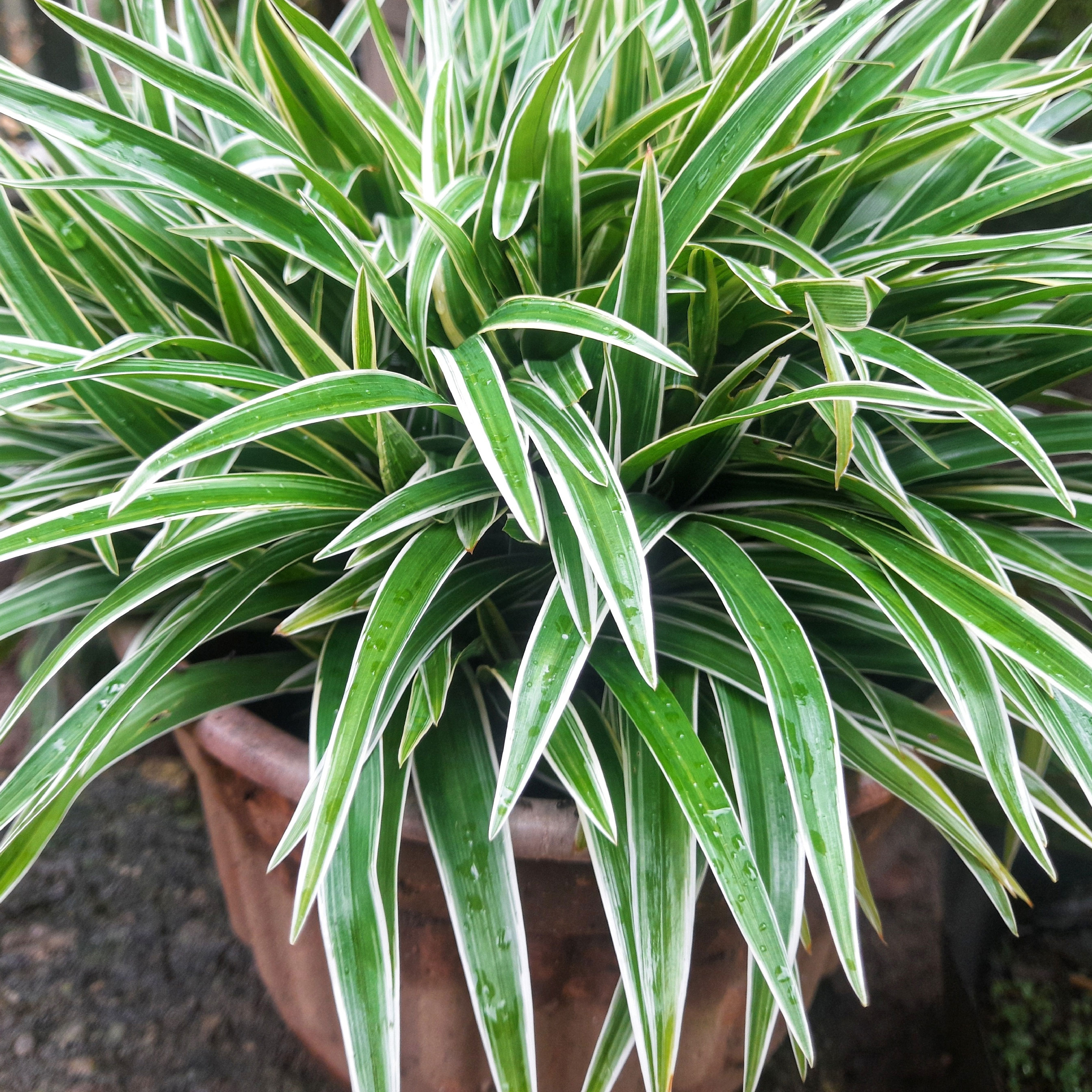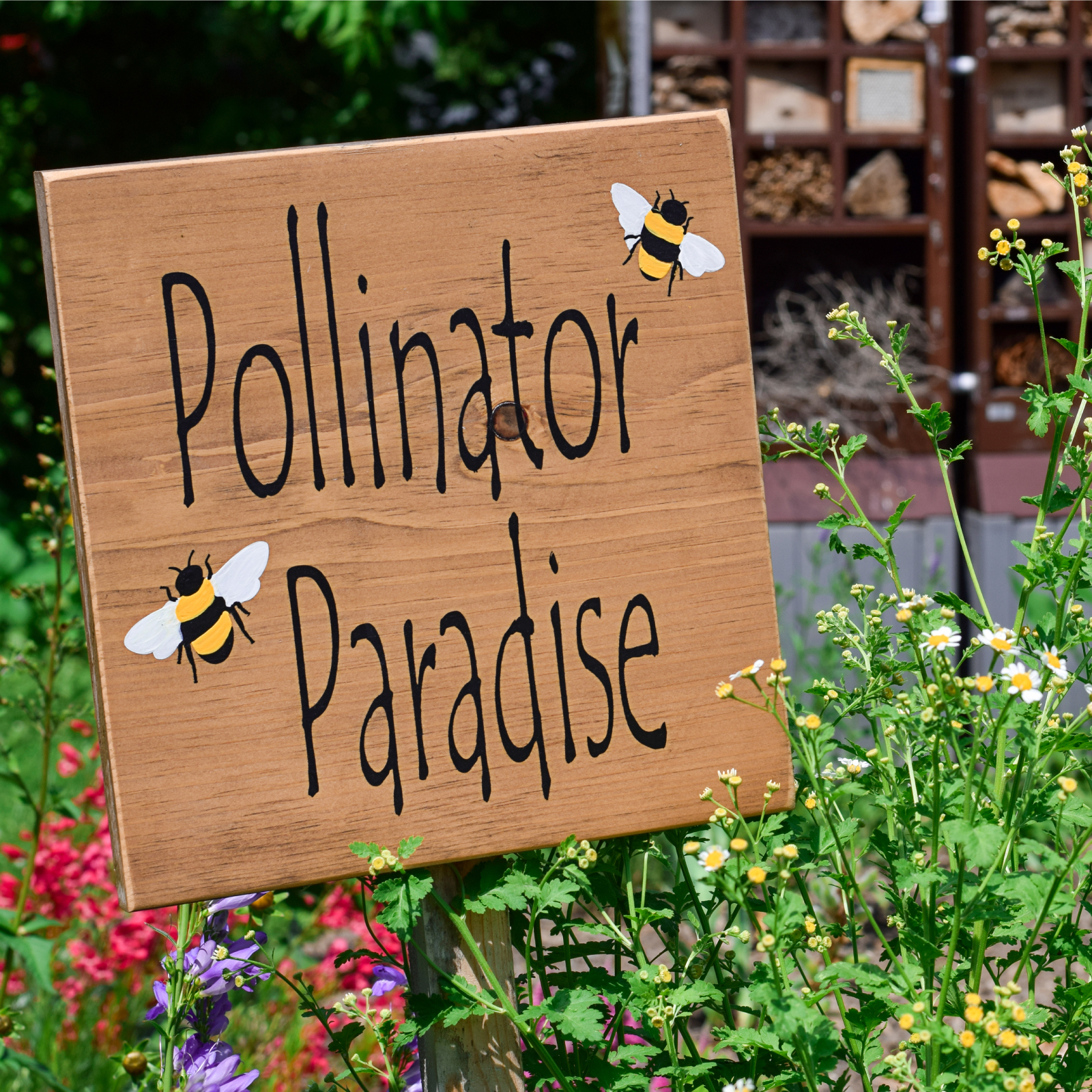Top 10 Questions About Yucca


Yuccas are simply astounding looking plants that are easy to grow and maintain. Their relatively slow growth makes them excellent either in the ground or in containers.
Many of our readers here at Gardening Know How are devotees of these amazing plants and have some interesting questions about disease, insects and general care. Here are 10 of the most asked questions about yucca and some quick, easy-to-navigate answers.
1) How do you transplant yucca pups? One of the many wonderful things about yucca is the ease with which it reproduces. Plants develop pups at the base of a mature plant, which are easy to divide away from the mother and utilize as brand new specimens. To remove the yucca pups, wait until they are green and mature. Then dig around the pup and remove it with a sharp knife. Make sure to have some of the mother plant's root attached to the young plant. Pot up the pup and water it in. Place in a sunny, warm location and let it develop a vigorous root system before planting outdoors or repotting it.
2) How to care for an indoor yucca plant? Yuccas are very easy plants to grow either indoors or out. One of the biggest requirements for this plant is well-draining soil, especially an indoor yucca. The plant is not particularly fussy about fertility, but soil must percolate well to keep roots and lower leaves from sitting in excess moisture. Situate plants in a sunny location with some protection from midday rays. Yuccas need little fertilization. Feed an average houseplant food or balanced outdoor fertilizer once per year in early spring. Plants go dormant in winter and require half the water as in summer. When pups appear, divide them away from the mother and repot them alone. Move indoor plants outside in summer and back inside for winter.
3) How to care for yuccas in winter? Yuccas are remarkably winter hardy plants. Many are reliably hardy into USDA zones 6 down to 4. However, they do not perform well in areas with high humidity and rainfall, and while outdoor plants can handle a bit of snow, heavy snowfalls can damage leaves. To prevent freeze or snow damage, construct a teepee over the plant and cover it with clear plastic. Remove the plastic daily to release excess moisture and then cover them again at night or when temperatures dip below freezing. Provide light moisture to keep the soil warmer and prevent root damage. If you live in a zone where damage is likely to occur, grow yucca in a container that can be moved indoors to overwinter.
4) How do you move a yucca plant? Yuccas can grow into huge plants and they bear formidable sharp spines on the tips of their leaves. Moving a yucca successfully starts with the time of transplant. Early spring or fall, when the plant is entering its dormant phase, is the best time for such a move. Excavate carefully around the root zone of the plant. It is important to disturb roots as little as possible and preserve as much root as you can. After you have dug out the root ball, wrap it in burlap that has been lightly moistened to keep it from drying out. Install the plant at the same depth at which it was growing in the previous location. Some transplant shock may occur, but keep the yucca lightly moist and wait. Usually, after a couple of weeks the plant will adjust and regain its health.
5) Can I help an indoor yucca with yellowing leaves? Foliar yellowing can stem from any number of causes but the most common are cultural. Yucca need well draining soil and periods of drying out. That means allowing the soil to become dry almost to the bottom of the container. Too little moisture can cause problems but too much in a yucca plant can be a death sentence. Make sure the soil is gritty and percolates well and any drainage holes are fully exposed. Look at the soil and observe if any mold is growing. If there is a musty smell or the presence of mold, repot the plant immediately. Keep it away from drafts, high noon sun and heat sources such as fireplaces or furnaces.
Gardening tips, videos, info and more delivered right to your inbox!
Sign up for the Gardening Know How newsletter today and receive a free copy of our e-book "How to Grow Delicious Tomatoes".
6) What are the reasons for a yucca plant not blooming? Yuccas don't bloom until they are 6 or more years old. Even then, they don't bloom every year and often skip several years. Removing the spent flower stem can help promote the next year's flowering. Add a balanced or phosphorus rich fertilizer to encourage overall plant health and yucca blooming. Some yuccas have a symbiotic relationship with the yucca moth, which almost exclusively fertilizes that species. In areas without the moth, hand pollination will need to take place. Also, ensure that the plant is in a warm, sunny location. Some plants may thrive just fine in low light but they won't flower.
7) Why are the leaves browning on my yucca? Outdoor yucca plants that have been exposed to freezing temperatures will develop brown leaf tips in response to the cold. Additionally, it is normal for the plant to replace some leaves every year and the first sign that one is going is browning tips and leaves. Container grown plants may brown due to salt build up in soil or high fluoride in the irrigation water. This can be amended by flushing the soil to remove built up toxins. Avoid overhead watering of plants when leaves cannot dry before the high heat of the day. The droplets on the leaves act like conductors and increase the heat from the sun, burning leaf tips.
8) What causes black spots on yucca plants? Leaf spotting on yucca generally starts to appear in spring and early summer when fungal spores are most active. Avoid overhead watering which can exacerbate the problem. Spraying with neem oil can help combat most fungal issues or you can use a copper fungicide. In some cases, spotting is caused by sucking insects. If you see any signs of pests, such as scale or mealybugs, wipe down leaves with a 1 to 2 alcohol to water solution or apply horticultural oil (neem oil can also help for this too). If spotting is bad enough that the leaf is dying, carefully cut it away from the rest of the plant using a sterilized knife.
9) How do you get rid of yucca plants? Yuccas are tenacious plants once they are established. If a yucca needs to be removed and is considered a nuisance, the first thing to do is cut away the foliage to make it easier to dig out and manage. Once the crown is exposed, dig at least 12 inches (30 cm) out from the base to find all the roots.
Once you have dug around the plant to a depth of at least 8 inches (20 cm), begin to dig in, lifting with the shovel as you loosen the roots. Try to ensure all the roots are removed, as the yucca may come back again from just a bit left behind.
Some gardeners will ensure the plant's demise by drilling holes in the crown and pouring in boiling water with salt. You can also deprive the crown of sunlight, or leave it uncovered, monitoring it for emerging sprouts to be removed.
10) What do I do with the seed pod on my yucca? If you want to have some fun, harvest seeds from the seed pod to grow another yucca. The seed germinates readily if it is scarred first, although some growers swear by soaking the seed as well. Yucca can take years to reach a specimen size if propagated by seed, which is why most gardeners simply divide the pups around the mother's base. But seed allows you to watch the plant unfold. Plant the seed ½ inch in a flat filled with half sand and half peat or in a purchased cactus mix. Moisten the mixture thoroughly and place the flat in a sunny, warm location. Germination can be expected in 1 or 2 weeks. Alternatively, simply cut the whole flower stalk off the yucca and discard it.
We all have questions now and then, whether long-time gardeners or those just starting out. So if you have a gardening question, get a gardening answer. We're always here to help.
-
 Want To Know How To Make A Spider Plant Bushier? 4 Secrets For Lush & Bushy Spiders
Want To Know How To Make A Spider Plant Bushier? 4 Secrets For Lush & Bushy SpidersAre you looking for ways to make your spider plant look bigger or more dramatic? Follow these quick and easy tips on how to make a spider plant bushier
By Teo Spengler
-
 What Is A Pollinator Garden? Grow Gorgeous Blooms While Benefiting Your Local Ecosystem
What Is A Pollinator Garden? Grow Gorgeous Blooms While Benefiting Your Local EcosystemPollinator gardens look great and also provide a diverse ecosystem that benefits your local pollinating insects and animals. Get started today with this guide!
By Bonnie L. Grant